Weaves are a beautiful hairstyle, but equally difficult to create. They are heavy hairstyle that has a sensitive impact on your natural hair. The emergence of the style, but complications involved regarding hair health has led to the concept of sew in weaves.
Since most people cannot bear the style in their natural hair, they go for synthetic hair extensions with weave styles.
So, are weaves sewn into your scalp? Yes, weaves are sewn directly into natural hair in order to add length, volume, or color. It is a popular option for those who are trying to grow out their hair, as it gives your natural hair a break from the damage of day-to-day styling. Additionally, sew-ins can help accentuate and beautify your natural hair.
There are other ways to install weave hair extensions, like taped ones. But sew ins remain the most popular way. There are things to keep in mind about weaves being sewn in, and all of that will be discussed in this article.
What is a sew-in?
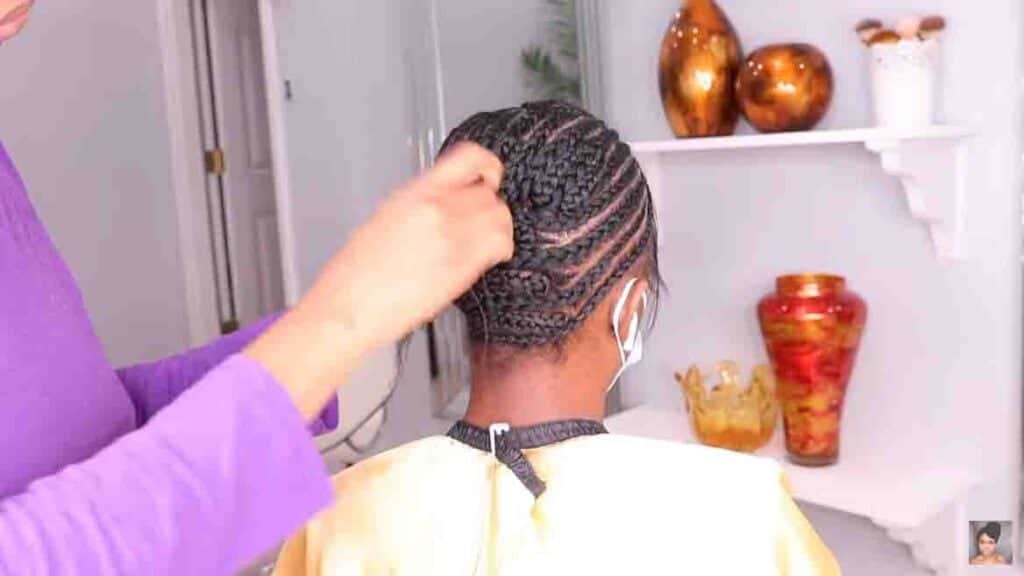
Sew in is a hair styling method applied using a needle and thread. Natural hair can be sewed to weaves as well as artificial weave extensions. To be precise, sew in is a technique to braid thin strands of hair into cornrows, and weaves.
How do you do a scalp sew in?
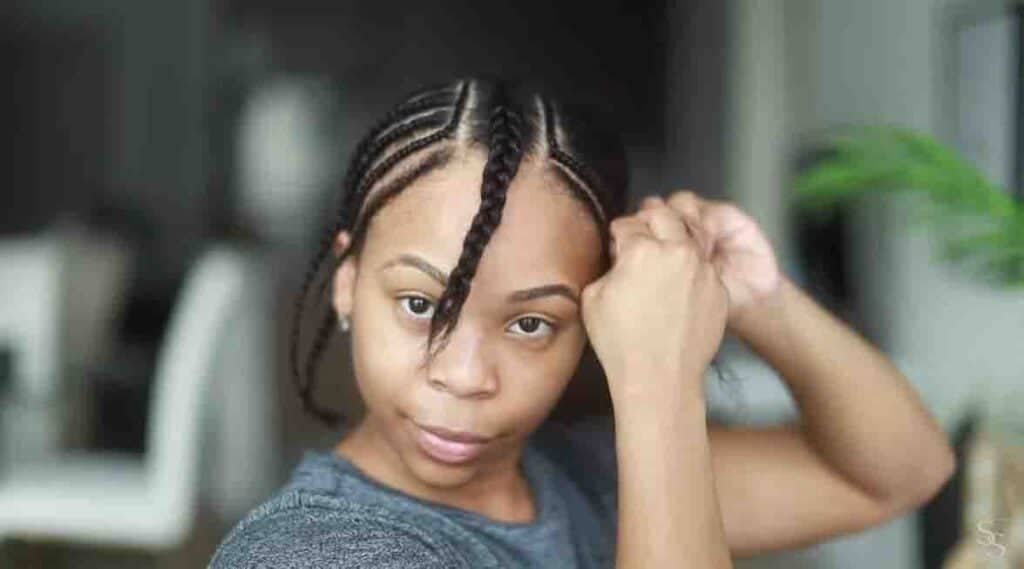
There are a few ways that hair extensions can be sewn into your scalp. The most common way is by using a weaving needle and thread.
Insert a thread in a needle. Create a length equally on both sides of the needle as you will be working with a double thread. Take your weave hair extension, and insert the threaded needle into the unfolded edge of it.
Create thin cornrows on your hair. Pick the needle inserted extension, and stitch through the cornrows. Keep doing the stitches till the end of the width of the extension. Make a knot at the endpoint, and there you have it.
Another way to attach hair extensions is by using clips. Clips are popular because they are easy to use and remove. However, they can come loose over time and need to be re-tightened regularly.
Finally, some people choose to use glue or tape to attach their hair extensions. While this method is the most secure, it can also be the most damaging if not done correctly.
It’s important to go to a reputable stylist when getting weaves sewn into your scalp. They will know which method is best for your particular type of hair and how to do it safely so that you don’t damage your scalp or hair extensions. Make sure you feel comfortable with them and ask lots of questions.
Does a sew in weave ruin your hair?
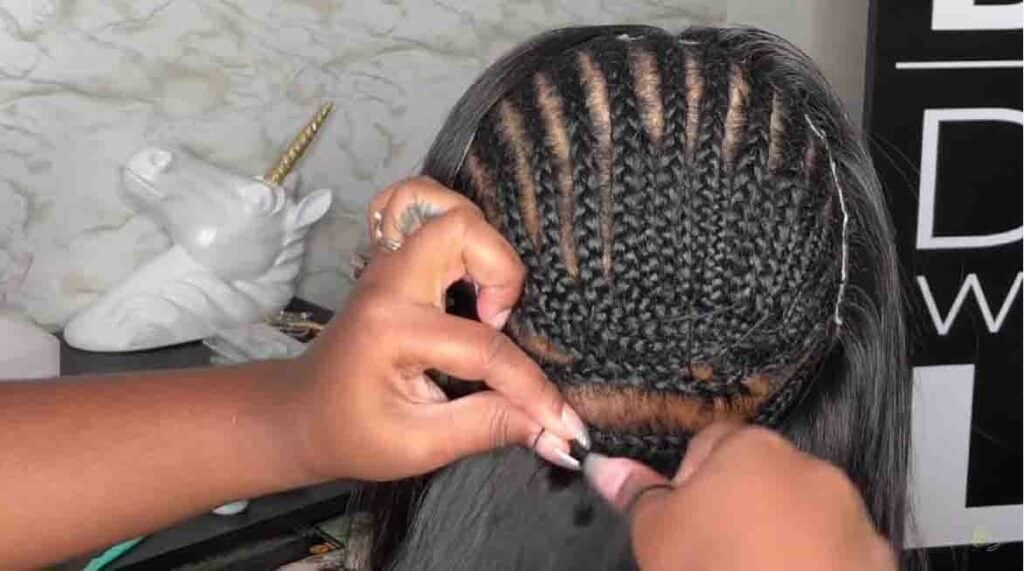
Be it natural or artificial, there is every chance that a sew in weave can ruin your hair. Doing the style on original hair can lead to serious repercussions like hair breakage and traction alopecia.
Even if you install external weave extensions, that still adds weight to your hair. This external weight can be too much to resist and lead to severe hair fall. Your scalp will lose its natural moisture, and your strands will become dry and frizzy.
4 things you can do if you have sew ins installed
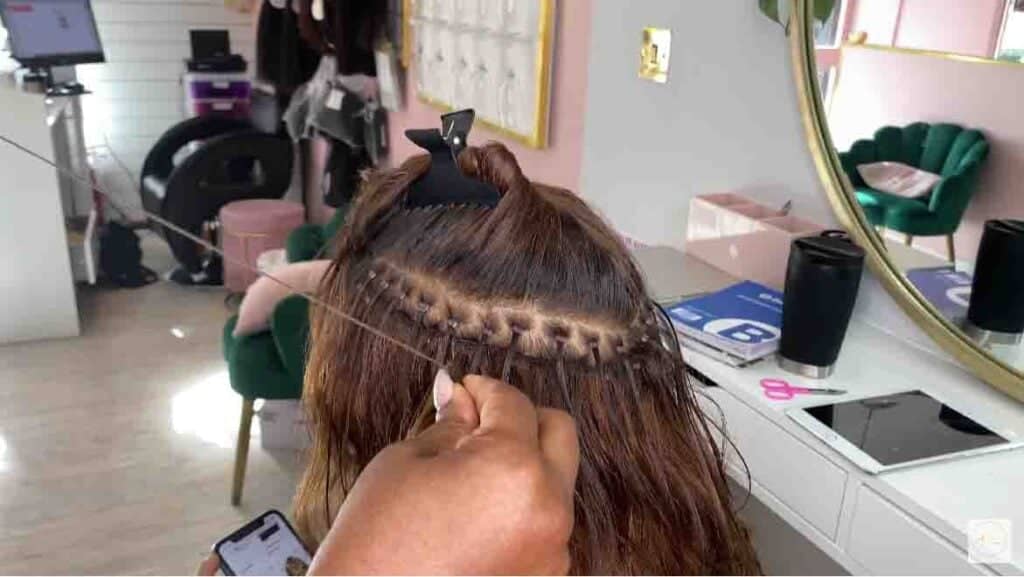
The first thing you should do is to regularly brush the weaves. Doing so will keep them smooth and less pressurizing on your head.
Given that you sewed the weaves in your natural hair, you should detangle them in the instances you find convenient. It is necessary for hair maintenance.
You should wash the weaves once every week. Don’t go too fast or too slow. Washing too much or too less can ruin the style and your scalp.
Apply warm oil to the scalp for comforting the pain or swelling you undergo from the weaves.
How do you clean your scalp with a sew in weave?
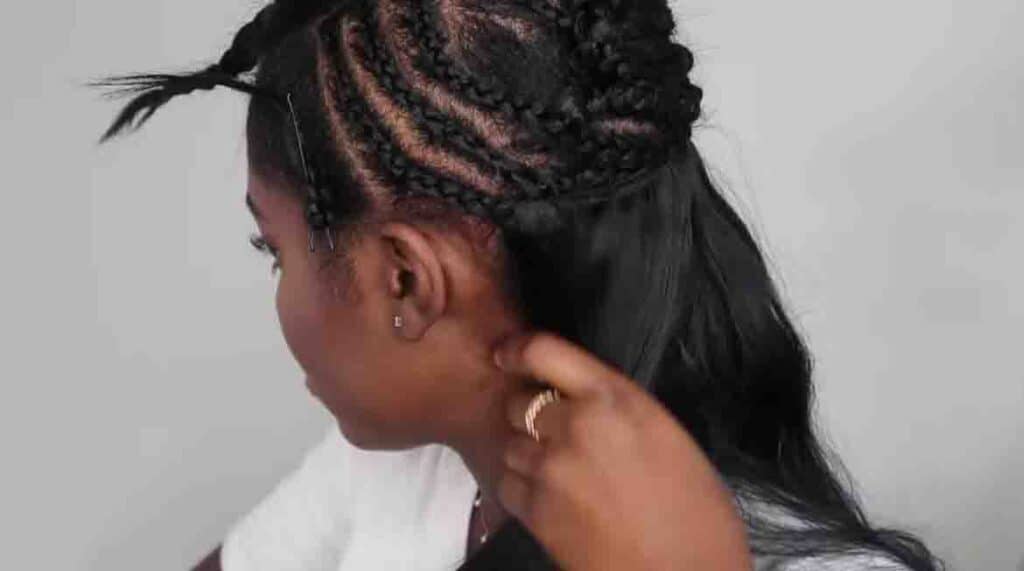
Once your weave is in, it’s important to take care of it properly so that it lasts as long as possible. You should wash and condition your hair every 1-2 weeks, depending on how often you wash your natural hair. Be sure to use a sulfate-free shampoo, as regular shampoos can be too harsh for hair extensions.
When blow drying your hair, make sure to dry it completely before applying heat. Wetting the hair for too long can lead to scalp damage. Finally, be sure to wash your hair and extensions at least once a week.
Pros & Cons of sew in extensions
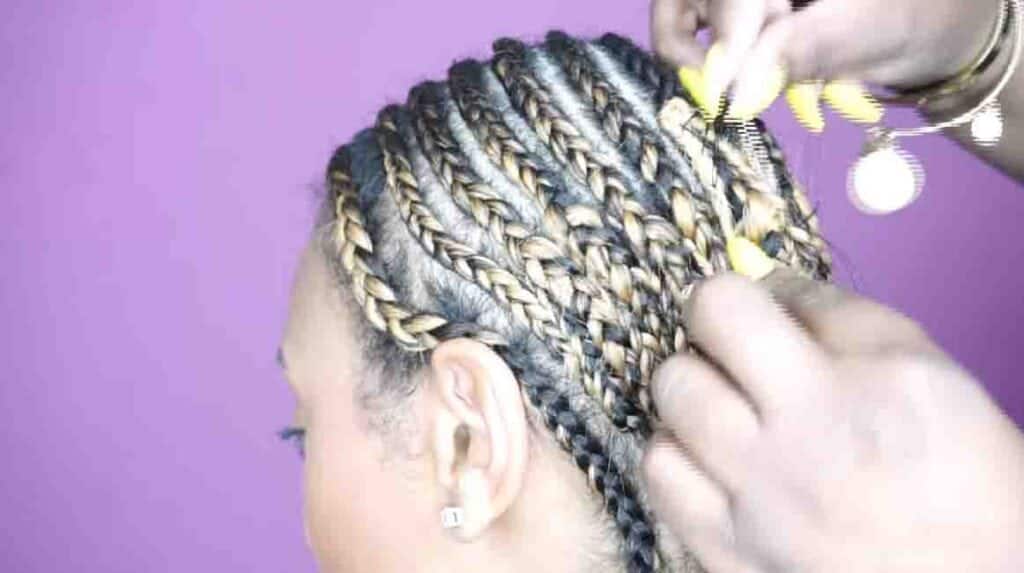
Pros
- Does not put the pressure of styling on natural hair. The original hair stays safe, and you still get an amazing style.
- Adds volume to your hair. Your hair will look much more fulfilling than before.
Cons
- Puts immense pressure on the scalp. The stretch can cause loss of hair and hair breakage.
- Your hair might lose its natural moisture. It will become dry and frizzy.
FAQs
The time it takes depends on your hair length, texture, and the type of weave you want. In most cases, the installation will take between three and six hours. However, if you have very short hair or very thick hair, the installation process may take longer.
If done on natural hair, then yes, it can. The enormous amount of weight on the roots of the strand can come off and create bad patches.
Both are tough on your head, but sew in is better. This is because they are easier to install and less expensive. The glue can totally ruin your scalp, and cause hair breakage. But, sew-in weaves do have a few disadvantages.
They last for about a month. It is advisable to not persist with them for a prolonged period of time.
There are two main types of weaves: synthetic and human hair. Synthetic hair is cheaper than human hair, but it doesn’t look or feel as natural. Human hair, on the other hand, is more expensive but looks and feels more realistic. There are also three different textures of human hair: straight, wavy, and curly. You can choose between them to find the best option for your sew-in.
A braidless sew in is a type of hair extension that does not require you to create cornrows or braids in your natural hair initially. It’s also one of the easiest to do yourself, but if you’re looking for an alternative, then a braidless sew in might be your best bet. Unlike a regular sew-in weave, this method can be done on wet or dry hair and doesn’t require any special tools.
The most effective way to moisturize your scalp is by using a commercial scalp lotion. It can be used in conjunction with a hairpiece or wig. If you would like to preserve the health of your hair, then you should use an oil-based product that has been diluted with water.
Verdict
Sew ins need to be done on healthy hair and subsequently maintained to hold on to that health. Sew ins are great if you fall on the good side of it. Weaves are a great style and should be tried out.
But you need to have dedication and patience to get the best out of it. You will look like a totally different person once you start exploring the style. And given the pre-requisite of weaves is healthy hair, you can also take up a lot of other different hairstyles with them as well.

